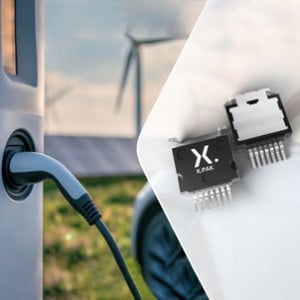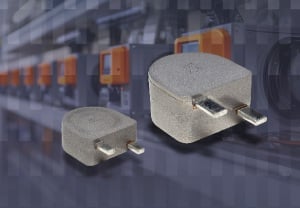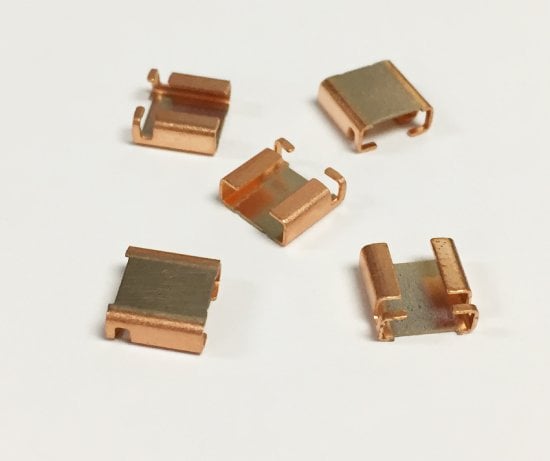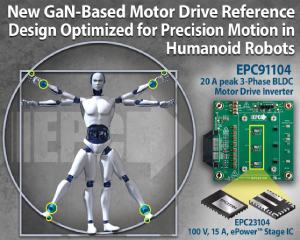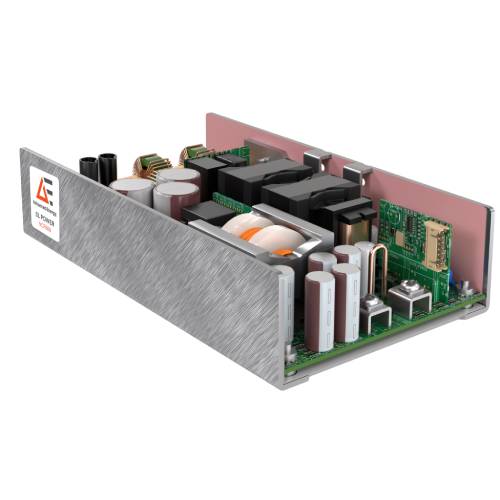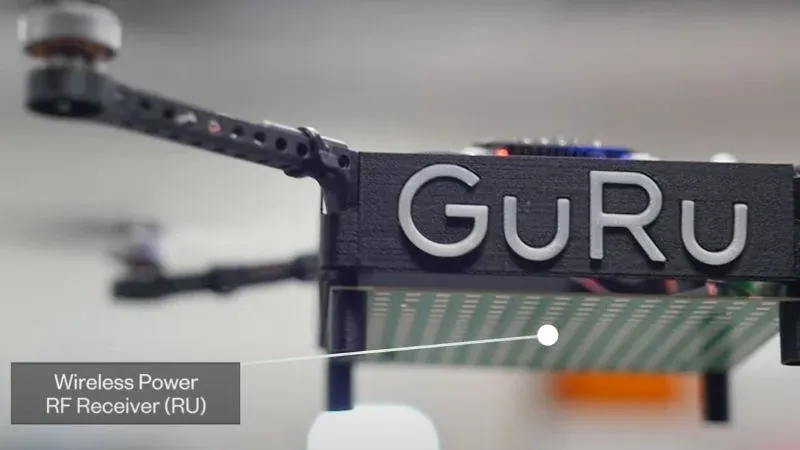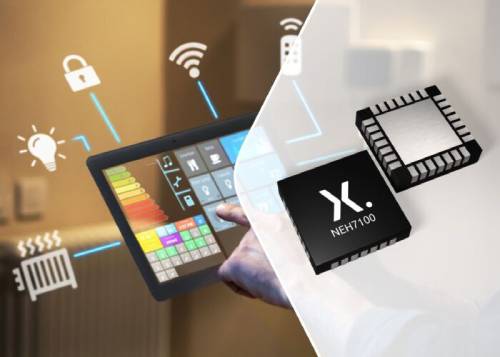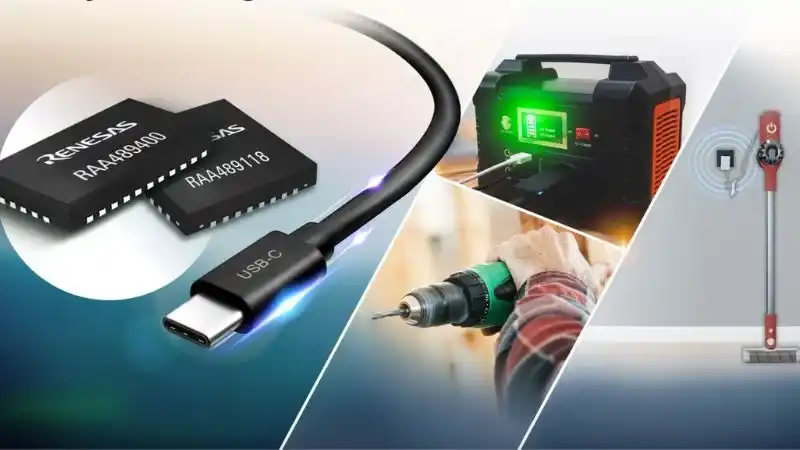
Today Texas Instruments has lifted the curtain on six new DC-DC power supply modules with improved thermal, EMI, and efficiency performance.
Today Texas Instruments introduces its MagPack component packaging with a family of six new power magnetic modules. The family is reportedly up to 50% smaller than prior TI generations and up to 23% smaller than competing current-generation modules. In addition to its size breakthrough, the new MagPack packaging delivers an 8 dB reduction in EMI and up to a 2% improvement in efficiency.
The new line of MagPack power modules includes an internal inductor and has a footprint of 6.9 mm2 or less while delivering as much as 6 A at a 5.5 V output. This makes the parts the "world’s smallest 6 A, 5 V power module" with a near 1 A per 1 mm2 of PC board real estate.
The MagPack technology will help designers reduce the size and weight of their products while maintaining critical power delivery. TI designed the power modules for applications in optics, medical electronics, industrial control, and aerospace and defense.
Power supplies don’t often get the glory in electronics, but they can make or break a product as fast as any design section. These new MagPack-based power modules allow engineers to spend less time on power supply optimization, which leaves more for the rest of the circuit.
A Design and Packaging "Breakthrough"
TI achieved this performance with efficient electrical design and packaging—specifically, a lower junction-to-ambient resistance (RӨJA) than older technology packages. RӨJA is the speed at which heat moves from the silicon junction to the ambient air. The MagPack modules forego internal bond wires for optimized internal routing. Both factors improve the RӨJA and reduce parasitic resistance and inductance. The specialized lead frame improves the transfer of heat from the module to the PC board.
The internal inductor is matched to the silicon die, which improves both AC and DC loss factors. Inductors are one of the most critical components of efficient power supply design but are also one of the most difficult to match and acquire. Having this difficult part integrated shortens the design time, aids the supply chain burden, and reduces the manufacturing parts count.
"Innovative packaging is radically reshaping our industry and is something we believe is key to the next frontier of power innovation,” said TI product line manager Roja de Cande.
“With a new approach to packaging, our power modules enable designers to achieve previously impossible levels of performance in a world where space allocated to power is shrinking year over year.”

MagPack includes an internal inductor and external capacitors, delivering a much smaller footprint than other packaging systems with external inductors.
The input and output capacitors are less critical components and are thus not built-in, providing more flexibility in selection and placement. According to Anton Winkler, systems engineer and power modules technologist at TI, the inductor is a much bigger challenge for a power supply designer than the input and output capacitors.
“Sometimes it's easy for the customers to place these [input and output] capacitors because they already have plenty of, let's say, ten-microfarad capacitors on their board, so it's already part of their BOM,” Winkler said. “But for the inductors, it's a bit more difficult. They might need a special component for a dedicated converter.”
TI built the inductor around the silicon die and into the packaging. Winkler explained that the inductor was molded around the whole silicon and overmolded with the packaging. Having the inductor surrounding the silicon contributes to improved EMI performance and negates the need to either compromise in inductor selection or commission a custom design inductor.
“TI's new MagPack packaging technology is inherently different because nothing like that exists in the market,” said Winkler.
Breakdown of the MagPack Family
The modules operate with up to 96% efficiency. They have an integrated soft start circuit to reduce inrush current, overtemperature protection, and hiccup short-circuit protection. They require minimal external components, with just input and output capacitors and resistors required.
| Part Number |
VIN |
VOUT
/ Max Current |
Size (mm) |
Features |
| TPSM82866A |
2.4 V – 5.5 V |
0.6 V – 5.5 V
/ 6 A |
2.3 x 3 |
13 selectable VOUT presets |
|
TPSM82866C
|
2.4 V – 5.5 V
|
0.4 V – 3.35 V
/ 6 A
|
2.3 x 3
|
I2C, 16 startup VOUT options
|
|
TPSM828303
|
2.25 V – 5.5 V
|
0.5 V – 4.5 V
/ 3 A
|
2.5 x 2.6
|
Facilitates CISPR 11/32 compliance
|
|
TPSM82816
|
2.7 V – 6 V
|
0.6 V – 5.5 V
/ 6 A
|
2.5 x 3
|
Adjustable and synchronizable switching frequency
of 1.8 MHz to 4 MHz
|
| TPSM82813 |
2.7 V – 6 V |
0.6 V – 5.5 V
/ 3 A |
2.5 x 3 |
Adjustable and synchronizable switching frequency
of 1.8 MHz to 4 MHz |
|
TPSM81033
|
1.8 V – 5.5 V
|
2.2 V – 5.5 V
/ 5.5 A
|
2.5 x 2.6
|
Synchronous boost converter
|
Availability and Reference Designs
Six components are available now in preproduction quantities. TI has also released evaluation boards. The four evaluation modules are TPSM81033EVM-035, TPSM82866AA0PEVM, TPSM82866CA3PEVM, and TPSM828303PEVM-058.


